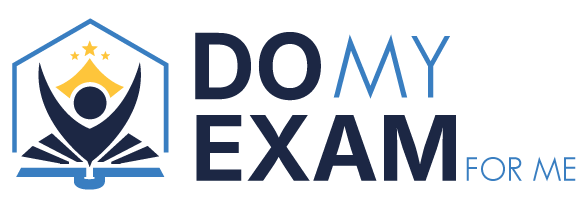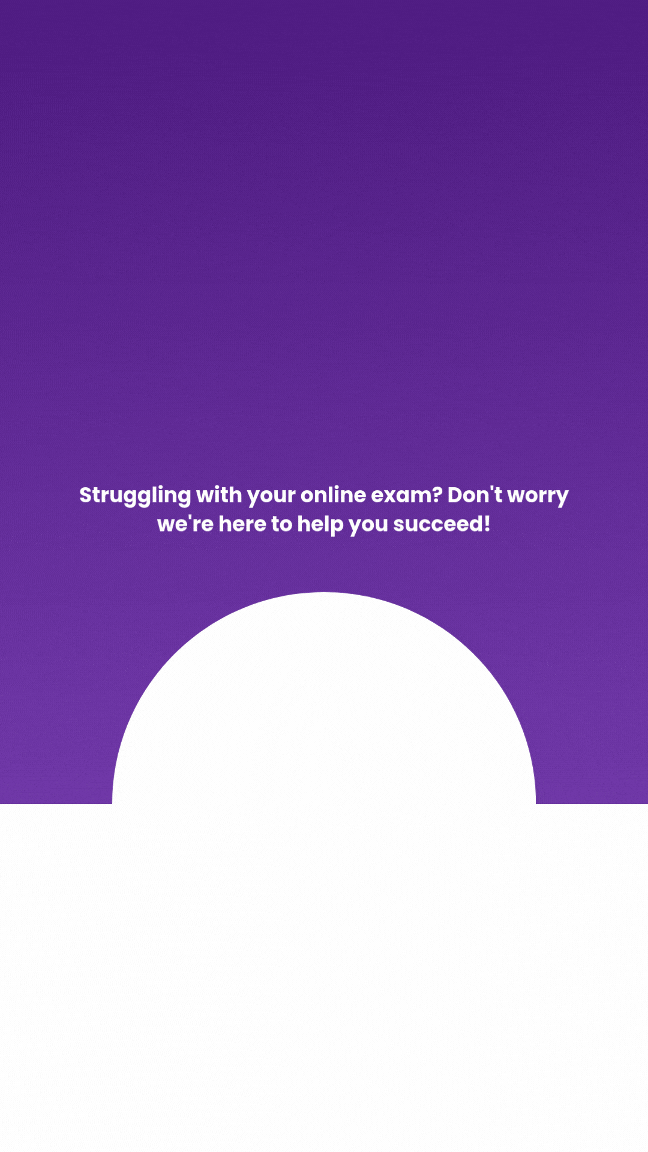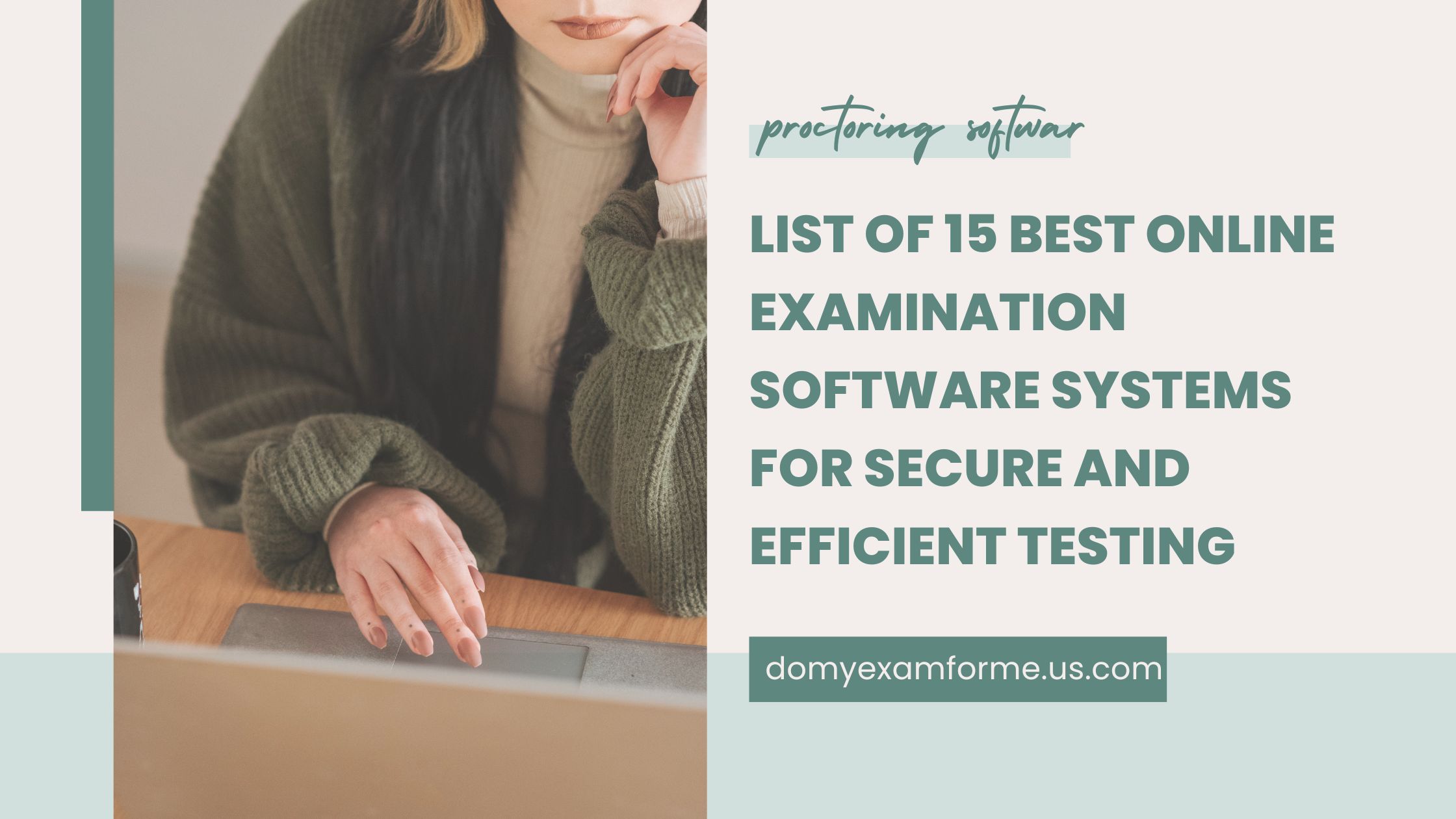As remote learning becomes an undeniable pillar of modern education, an ever-increasing demand for secure environments in online proctored exam spaces has surged. Institutions and organisations are looking for ways can sustain integrity without burdening the students with discomfort.
Among the various solutions, famous ones are the online proctoring services that offer a virtual avatar in the whole process of monitoring test-takers. This blog focuses on the technology, security, and changing dynamics of online exam proctoring.
The Role of Online Proctoring in Remote Learning
Remote proctoring exam refers to the process of supervising a test-taker digitally during an exam. This method ensures the person taking the test adheres to the rules and does not use unfair means to pass, especially in an online proctored exam.
As students shift toward online education, many wonder, can someone take my exam for me? This question highlights the necessity of robust online exam proctoring and the necessity of online proctoring services.
These services use tools like webcams, microphones, and screen-sharing software to monitor candidates. While some consider shortcuts or look for someone to do my exam for me, the technology behind online assessment proctoring has advanced to detect such behaviour.
The Core Functions of Online Proctoring
- Live view via webcam
- Screen monitoring
- Browser lockdown
- Identity verification
- AI-backed behavioural analysis
With these features, every online proctored exam is handled to ensure strict supervision.
How Online Proctoring Works from Start to Finish
The proctoring procedures in an online proctored exam system tend to be structured and consistent throughout most platforms. Understanding each stage helps candidates prepare well. It also helps avoid unintentional violations when using online proctoring services. This is especially true with online exam proctoring systems. These systems require strict adherence to guidelines.
Registration and Setting Up:
- Registering for the exam.
- Get instructions sent via email or communicated through a platform dashboard.
- If software is needed, such as a lockdown browser, download it.
Identity Checks:
- Upload photo identification.
- Take a real-time selfie for facial recognition.
- Some platforms may include voice recognition as another level of security, too.
Environment Check:
- Conduct a room scan via a webcam.
- Remove any kind of literature or electronic devices.
- Stay alone in a proper ambience.
Monitoring the Exam:
- Live or AI proctors check webcam, microphone, and screen.
- Eye movement, sound, and keystroke tracking gather behavioural analytics.
- Any suspicious activity generates alerts.
Post Exam Analysis:
- AI generates a report that is examined by human proctors.
- Flag and investigate anomalies.
The service provided by Take My Proctored Exam maintains credibility. If used in the right spirit, it builds trust in the results. This is true for all online proctoring services. hey ensure fairness and security in an online proctored exam. This helps maintain the integrity of the testing process.
Exploring the Different Types of Proctoring and Their Safety Standards
Online exam proctoring is not a uniform There are various types to suit different supervision levels in an online proctored exam. These include fully automated systems or those with human interaction, provided by online proctoring services.
Types of Proctoring Service:
- Live Proctoring
- Human proctors watch students take the exam. They can immediately intervene if there is a violation of any policies.
- Recorded Proctoring
- The sessions can be recorded and then analysed at a later time. The flexibility helps institutions as well as students.
- Automated Proctoring
- An algorithm detects unusual behaviour or movement. It is ideal for mass-testing activities.
Safety Protocols in Place:
- Data Encryption (SSL/TLS)
- Timed session auto-lock
- Regular software audits
- Compliance with GDPR and FERPA
- Temporary data retention policies
All of these systems add to the security of online assessment proctoring.
Examining Safety and Privacy Concerns in Online Proctoring
In clarifying the question “whether online proctoring is safe?”, technical and ethical issues come into play, along with the dos and don’ts for online proctoring. The online assessment proctoring system upholds the integrity of examinations; However, online exam proctoring poses privacy concerns. It also raises issues about data security.
The Bigger Privacy Issues:
- The micro-invasion of the webcam and room scans
- Monitoring through audio and video all the time
- Recording biometric data either through face features or voice modulation
Potential Security Risks due to the Operating System Behaviour:
- Data gets leaked from poorly encrypted platforms.
- Abusing personal information.
- Extension of data storage without user consent.
Mitigation of Threats by the Platforms:
- Anonymisation of stored data.
- Biometric scanning should be optional.
- Providing data usage policy statements clearly to the users.
Online proctoring services today prioritise user safety as much as test integrity. They focus on maintaining test integrity. They also prioritize user safety. They use advanced technology for monitoring. This ensures a fair environment in an online proctored exam.
Best Practices for a Safe and Fair Exam Experience
If proper practices are followed before, during, and after an online proctored exam, it need not be a stressful experience. Best practices also help create fairness and security.
Preparation:
- Use an uninterrupted internet connection.
- Install any other necessary software well in advance.
- Inform other members of the household so that they do not interrupt.
During the Exam:
- Face your camera directly.
- Do not talk or make sudden movements.
- Do not switch tabs or pick up other devices.
After the Exams:
- Uninstall and terminate the proctoring apps if there are such applications.
- Request a copy of your exam recording, if it is possible.
- Make sure that no personal information remains on the platform.
This way very safely takes the record and gives it to students for their smooth performance while being more realistic in helping them feel secure in online exam proctoring efforts.
Follow these dos and don’ts for online proctoring to smooth things out for oneself and everyone.
But some students claim they have visited such sites that promise to take my online proctored exam for me. Most importantly, these sorts of services directly contravene the requirements in the contract with the examination body and may carry punishments, requiring submission to the prescribed procedure even more at an online proctored exam. Instead, prepare well and be honest.
The Trusted Proctoring Platforms by 2025
This criterion has suggested that the end user should feel secure with its usage. It should also be easy to maneuver. This is also important with the online exam proctoring services. The best online proctoring services in 2025 have shaped up based on their reliability and customer friendliness.
Leading Platforms:
- Proctor U: Trusted by universities, live and automated monitoring.
- Examine: Great for academic testing with multi-layered ID verification.
- Honorlock: Blends AI with human review to maximise security
- Respondus Monitor: Integrated well with LMS systems like Canvas and Blackboard.
- Mercer Mettl: Most favourite for corporate assessments and certifications.
These companies will redefine online assessment proctoring through better tools and user protections in the future.
In some online communities, you will hear discussions about companies offering to take my proctored exam for me. To do this is not only flouting ethical codes, but it also puts your academic record in a dubious position. This holds particularly for an online proctored exam.
Conclusion
Exam integrity is also becoming a more serious issue in today’s digital education space. Remote technologies improve each year, with sophisticated tools that bridge fairness, cheating, and other issues created by platforms. What continues to eat away at the shores is not technology, but the ethical behaviour and awareness necessary for success.
In the end, the best part is about being well-informed and prepared to face any eventuality that could occur in a student’s life, the life of an educator, or that of an institution.





